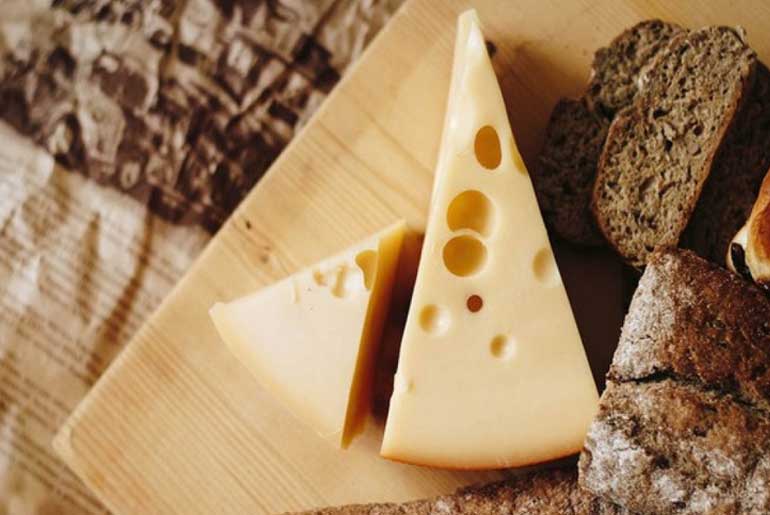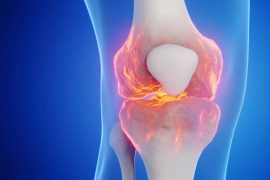Italian researchers conducted a study using advanced 16S rRNA amplicon sequencing to investigate the role of bacteria in buffalo mozzarella production. The cheese must adhere to a specific recipe for Protected Designation of Origin (PDO) status. The process involves heating water buffalo milk, either raw or pasteurized, and adding rennet and a natural whey starter. This starter quickly acidifies the curd, achieving the right pH for stretching.
After forming, the curds are ripened for about four hours until they become elastic enough to stretch and mold. Following this, the curds are brined and solidified under running water. Small variations in this procedure differentiate products from different dairies.
“This study sheds light on the intricate interactions of microorganisms throughout the manufacturing process and fosters a deeper understanding of the craftsmanship behind this esteemed Italian cheese,” stated Dr Alessia Levante of the University of Parma, lead author of the study in Frontiers in Microbiology.
Findings showed the modern dairy’s pasteurized milk introduced fewer microbes compared to the traditional dairy’s thermalized milk. Surprisingly, the brine samples had as much species richness as the processed cheese samples. Lactobacillus and Streptococcus microbes dominated during curdling, with the traditional dairy‘s whey starter containing equal amounts of both, while the modern one had a Streptococcus-dominant starter.
“While both dairies produced PDO mozzarella di bufala Campana, subtle variations, such as temperature and duration of processes, influenced the cheese’s microbial composition and potentially impacted organoleptic properties,” stated Levante.
Distinct species within these genera were unique to each dairy. After curdling, Lactobacillus increased and Streptococcus decreased, potentially due to reduced thermal stress from stretching. The brine added microbial diversity, but not all brine microbes appeared in the cheese—possibly due to unsuitability for cheese or later appearance. Despite many microbe species in milk and brine, the natural whey starter most influenced mozzarella’s microbial composition.
“We are planning a larger project to investigate more deeply the role of raw buffalo’s milk in defining the microbiota,” stated Levante.
“This study’s scope was limited to two dairies and a specific sampling size. To provide more comprehensive insights into the microbial intricacies of traditional food production, future research aims to encompass a larger number of producers and manufacturing days.”
Disclaimer:
The information contained in this article is for educational and informational purposes only and is not intended as a health advice. We would ask you to consult a qualified professional or medical expert to gain additional knowledge before you choose to consume any product or perform any exercise.








